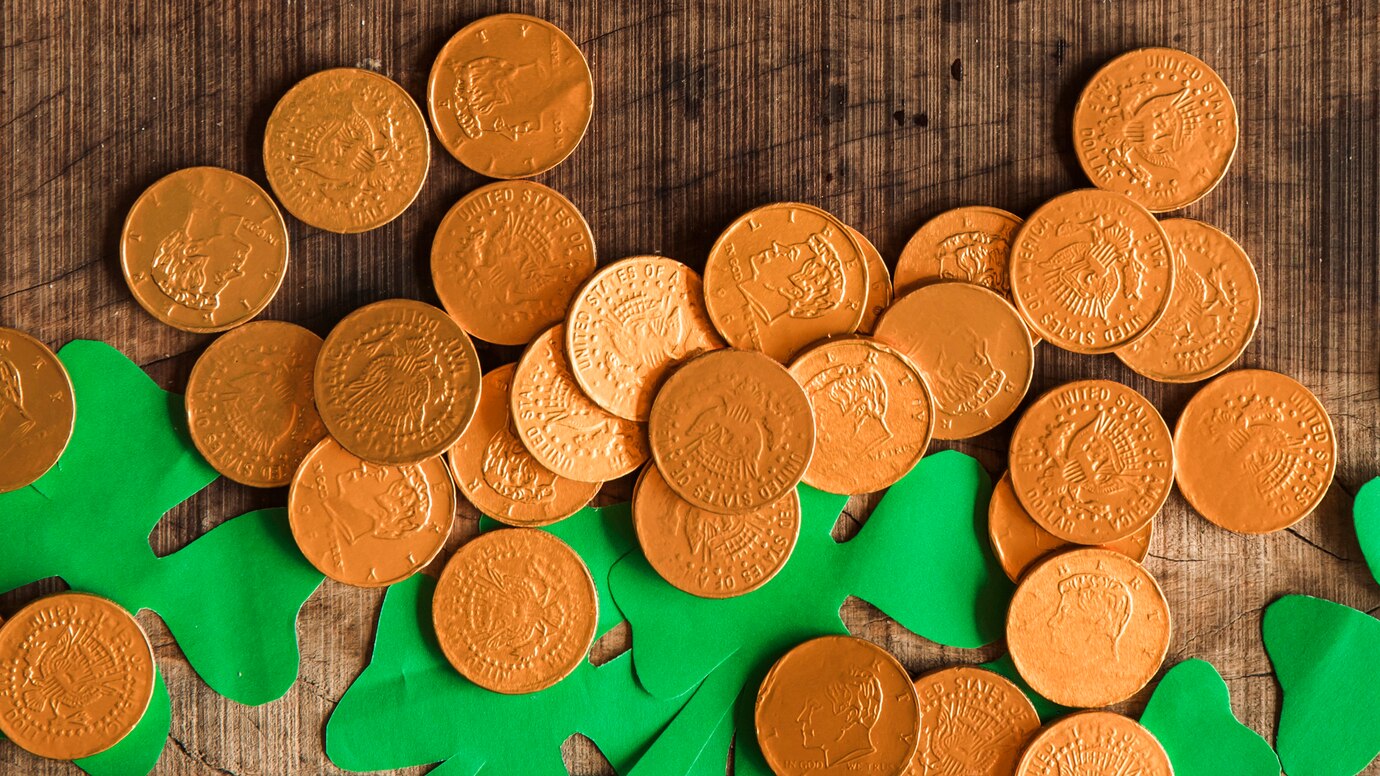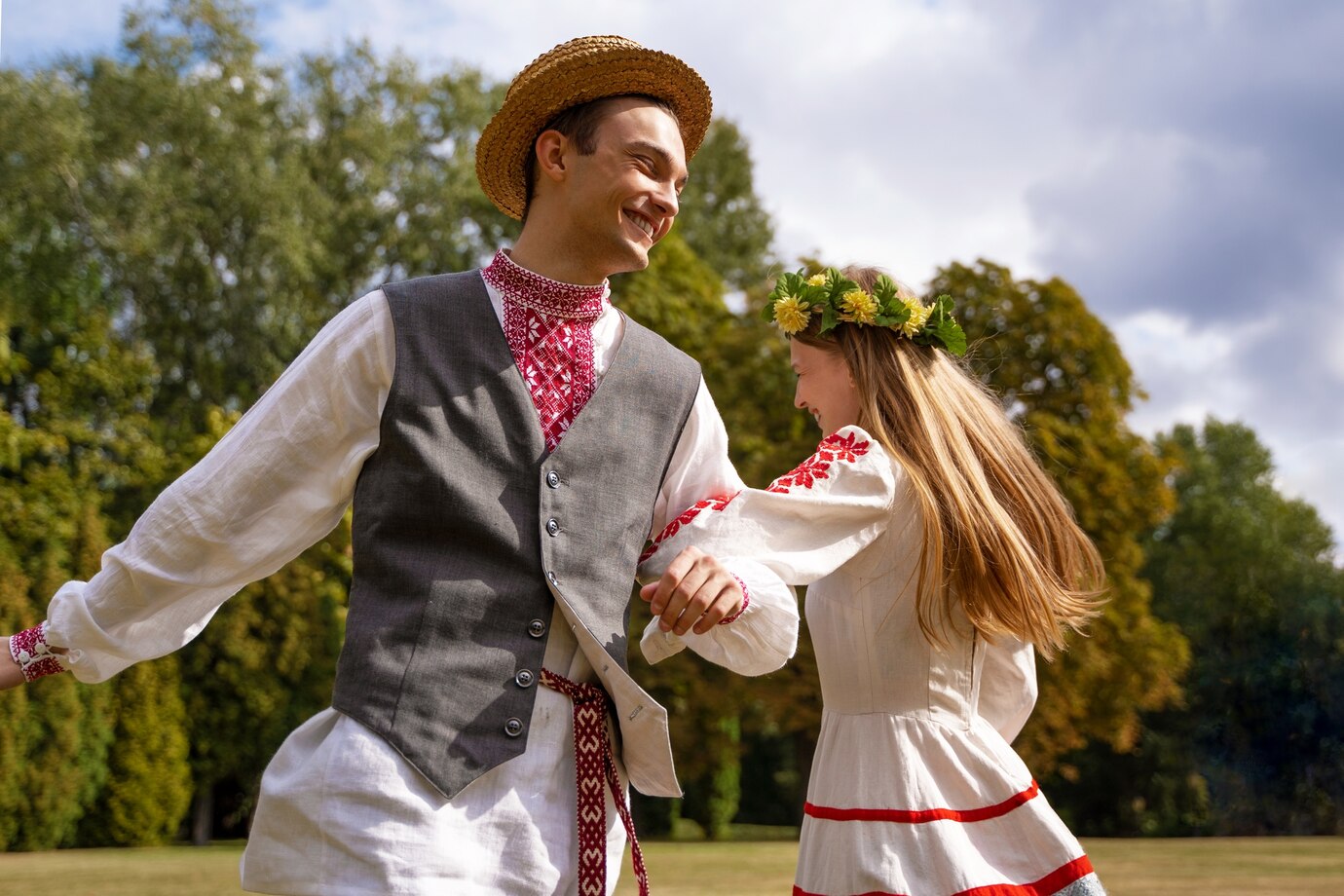Germany: Fireworks, Fortune-Telling, and Festive Feasts
Germany rings in the New Year, or Silvester, with spectacular fireworks lighting up the skies and joyous gatherings in homes and city squares. Fireworks are believed to scare away evil spirits and bring good fortune. On the streets of cities like Berlin and Munich, thousands gather to watch organized displays or create their own colorful shows.
One of the most intriguing traditions in Germany is Bleigießen, a fortune-telling practice where molten lead is dropped into cold water. The resulting shapes are interpreted as predictions for the year ahead. For example, a heart signifies love, while a ship symbolizes travel and adventure.
Germans also enjoy hearty meals on New Year's Eve. Fish, especially herring, is believed to bring good luck, and Berliners (jam-filled doughnuts) are often served as a sweet treat to mark the occasion.
If you plan to experience Germany’s vibrant New Year’s celebrations, ensure your trip starts smoothly with an airport transfer in Germany. Avoid the holiday rush and arrive at your destination relaxed and ready to celebrate.
France: Champagne, Elegance, and Midnight Magic
France is known for its sophisticated approach to New Year’s Eve, or Réveillon de la Saint-Sylvestre. The celebration often begins with an extravagant dinner, featuring delicacies such as foie gras, oysters, escargot, and a variety of gourmet cheeses. Champagne is a must-have for toasting the New Year.
Paris, the City of Light, becomes even more dazzling with light shows and festivities. Crowds gather on the Champs-Élysées or near the Eiffel Tower to watch fireworks displays, while smaller towns host communal dinners and dances.
After midnight, many French people exchange kisses under mistletoe, symbolizing good luck and blessings for the coming year.
Whether you’re planning a romantic getaway or a cultural exploration in France, booking an airport transfer in France ensures a hassle-free start to your journey.
Italy: Letting Go of the Old and Welcoming the New
Italians celebrate New Year’s Eve, or La Festa di San Silvestro, with music, food, and meaningful traditions. One of the most well-known customs involves wearing red underwear, which is believed to bring love and prosperity in the coming year.
In southern Italy, a unique tradition persists: throwing old furniture out of windows. While this practice has become more symbolic than practical, it represents letting go of the past and making room for the new.
Italian tables are filled with dishes like lentils, which symbolize wealth and good fortune due to their coin-like shape, and zampone (stuffed pig's trotter) or cotechino (spiced sausage).
Cities like Rome, Naples, and Florence host open-air concerts and spectacular firework displays. Travelers can enjoy these festivities stress-free by downloading our apps to book taxis easily: iOS or Android.
Spain: Grapes, Festive Squares, and Family Gatherings
In Spain, New Year's Eve, or Nochevieja, is all about family, good food, and a special midnight ritual. As the clock strikes midnight, Spaniards eat 12 grapes—one for each chime of the bell. Each grape represents a wish or hope for the coming year. The tradition originated in the early 20th century and has since become a nationwide custom.
Major cities like Madrid and Barcelona host vibrant street parties, with Puerta del Sol in Madrid being the epicenter of celebrations. Here, thousands gather to watch the clock tower chime, followed by fireworks, music, and dancing well into the night.
Visitors to Spain can enhance their experience by pre-booking reliable airport transfers, ensuring a stress-free start to their adventure.

Scotland: Hogmanay and First-Footing
Scotland's New Year celebration, Hogmanay, is legendary for its grandeur and unique customs. The festivities often last for three days, starting with torch-lit parades and culminating in traditional dances and songs, including the iconic “Auld Lang Syne.”
A key tradition is first-footing, where the first visitor to a home in the new year brings gifts such as coal, whisky, and shortbread to ensure good fortune. According to tradition, a dark-haired man is considered the luckiest first-footer.
Edinburgh’s Hogmanay festival features world-class concerts, fireworks, and a festive atmosphere that attracts visitors from around the globe.
Denmark: Jumping into the New Year
In Denmark, people leap into the new year—literally. At the stroke of midnight, it’s customary to jump off chairs to “leap” into the year ahead with good luck and success.
Another quirky tradition involves smashing plates on the doorsteps of friends and family. The more broken dishes you find outside your door, the more loved and popular you are believed to be.
Greece: Lucky Coins and Festive Feasts
In Greece, New Year’s Eve is intertwined with the feast of Saint Basil. Families gather to cut the vasilopita, a sweet bread or cake with a coin baked inside. Whoever finds the coin in their slice is believed to have a year of good luck ahead.
Greeks also hang onions on their doors as a symbol of rebirth and good fortune for the coming year.

Austria: Waltzes and Lucky Pigs
In Austria, the New Year begins with the sound of the Blue Danube Waltz, played at midnight on television, radio, and in public spaces. Dancing to this iconic piece is believed to bring harmony and balance in the year ahead.
Austrians also associate pigs with good luck and often give marzipan pigs as gifts. Festive meals may include roast pork, further emphasizing this symbol of prosperity.